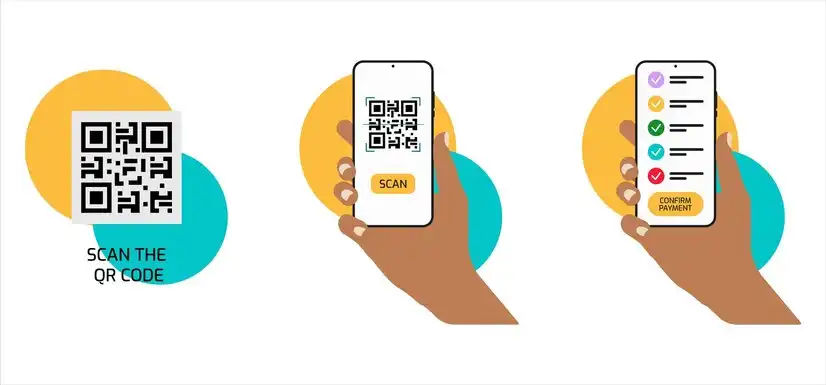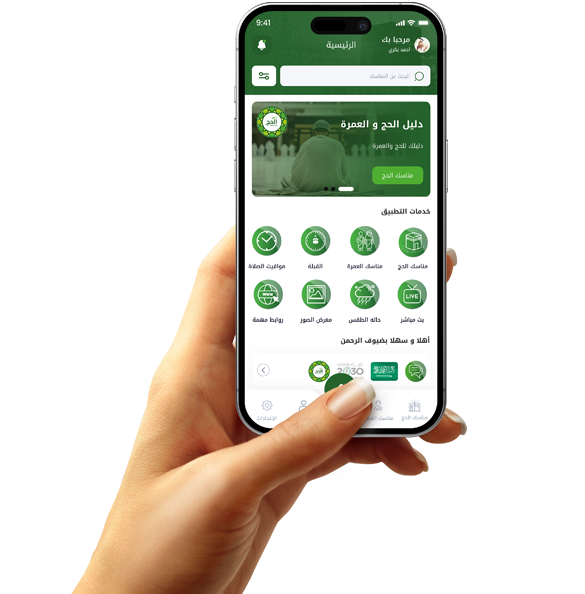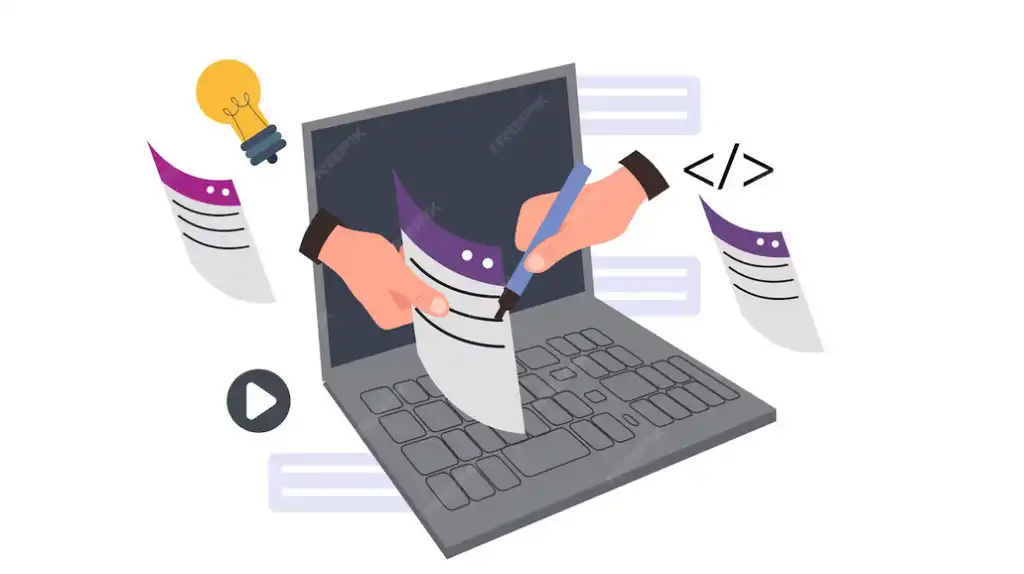Government applications and their role in facilitating access to services

Digital Development in Government Services and Its Impact on Citizens' Lives
Government applications have become a cornerstone of the digital transformation underway in modern states. They have contributed to providing fast and accessible services to all citizens without the need to visit government offices. With the widespread use of smartphones, accessing services has become easier than ever, enhancing citizens' sense of convenience and simplifying their daily transactions. These applications allow procedures that previously took hours to be completed in minutes, thus reducing congestion and easing pressure on government institutions. They also provide high levels of transparency by tracking requests and monitoring implementation stages in real time. Many of these applications rely on digital verification systems that ensure data protection and enhance privacy. Thanks to these technologies, all segments of society can easily access government services, even in remote areas. Applications have also supported government efforts to reduce reliance on paper, making processes more sustainable. As a result, digital government services have become a crucial element in improving quality of life and comprehensively modernizing the infrastructure of public services.

Government Applications and Their Role in Reducing Bureaucratic Procedures
Government applications have significantly streamlined many bureaucratic steps that previously hindered the speed of transactions, eliminating the need for long waits or travel between different departments. These applications have consolidated several services onto a single platform, making it easier for citizens to access what they need. They also enable the uploading of documents, the filling out of forms, and the payment of fees entirely electronically, providing a seamless and uncomplicated experience. This development has contributed to reducing errors resulting from paper-based transactions and has made information more accurate and organized. Furthermore, these applications have helped improve the efficiency of government employees by reducing their workload and allowing them to focus their efforts on more important tasks. Over time, government processes have become increasingly reliant on digital data that is easily updated and tracked, thus raising the overall level of efficiency. Citizens now perceive government procedures as faster and simpler than in the past, which strengthens their trust in government institutions.

Government Applications and Their Impact on Improving Administrative Efficiency
Government applications have significantly contributed to raising performance efficiency within government institutions, helping to expedite workflows and reduce the time required to complete tasks. These applications have facilitated the easy exchange of data between departments, which has helped unify efforts and enhance institutional coordination. They have also allowed employees to focus on more valuable tasks instead of being preoccupied with traditional paperwork. The use of digital data has improved decision-making mechanisms, as information has become more accurate and analyzable. Thanks to government applications, it has become possible to schedule appointments and organize the flow of visitors in a way that reduces chaos and congestion. In addition, these applications provide real-time reports that help managers evaluate performance and identify weaknesses. As a result of this development, government work has become more flexible and responsive to citizens' needs. Thus, these applications have contributed to improving administrative performance and enhancing the ability of governments to provide high-quality services.

The Role of Government Applications in Supporting People with Disabilities
Government applications have contributed to empowering people with disabilities to access services more easily. They provide interfaces specifically designed to meet their needs, such as zoom functionality, audio reading, and easier navigation within the application. These features have improved the independence of this group in conducting their transactions without requiring direct assistance. Some applications also offer services for reporting needs or requesting emergency support quickly. With support for multiple languages and voice notifications, the process has become more flexible and convenient. Government applications have also contributed to providing educational and health services that are tailored to the abilities of people with disabilities, thus facilitating their integration into society. These applications provide accurate information and continuous updates, ensuring they receive fair and equal services. Technology has thus become an effective tool for promoting inclusion and improving the quality of life for this important segment of society.
The Role of Government Applications in Enhancing Communication Between Citizens and Official Entities
Government applications have become an effective means of opening direct communication channels between citizens and official entities, allowing for the easy submission of feedback and inquiries. These applications have helped bridge the gap between the two parties by providing clear and transparent information about services and procedures. Instant messaging platforms and online responses also provide a way to obtain support without needing to visit government offices. These applications allow for tracking reports and submitting comprehensive reports on problems in residential areas, helping the government improve infrastructure. With the availability of a rating service, citizens can express their opinions on the quality of services, contributing to improved government performance. This direct interaction has strengthened trust and the relationship between citizens and the state, making services more efficient and responsive to community needs.















